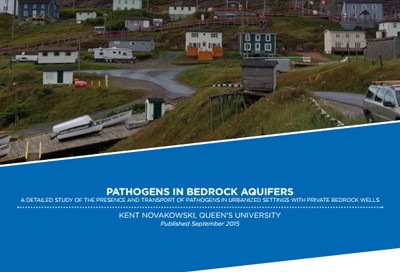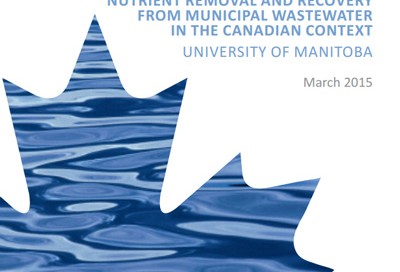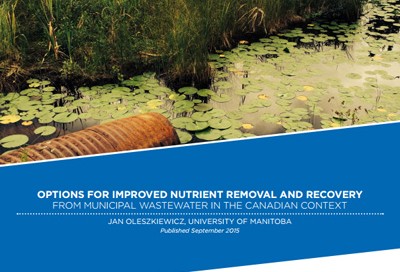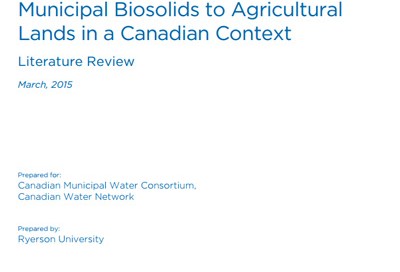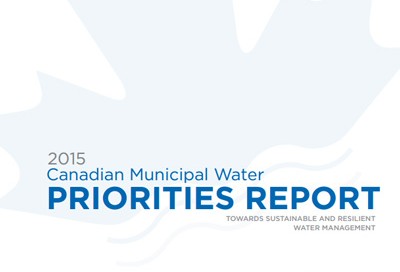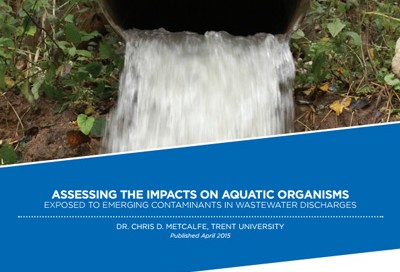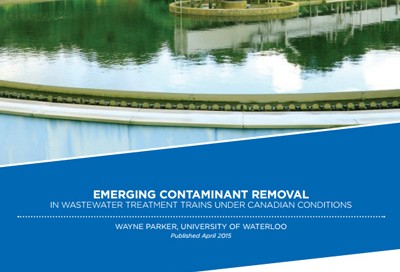Pathogens in Bedrock Aquifers: A detailed study of the presence and transport of pathogens in urbanized settings with private bedrock wells
This study evaluated the occurrence of pathogens such as bacteria and human enteric viruses in bedrock aquifers across the country and explored the transport mechanisms that might have led to their presence. The results from this research are relevant for homeowners, public health authorities and provincial regulators.


